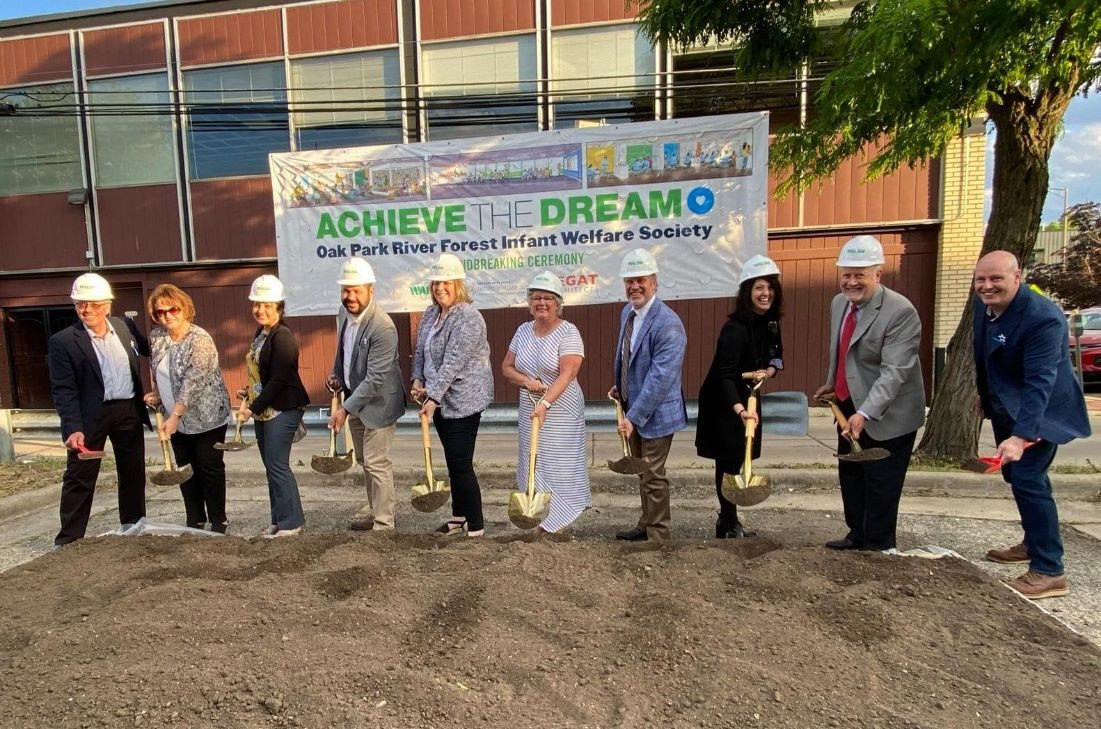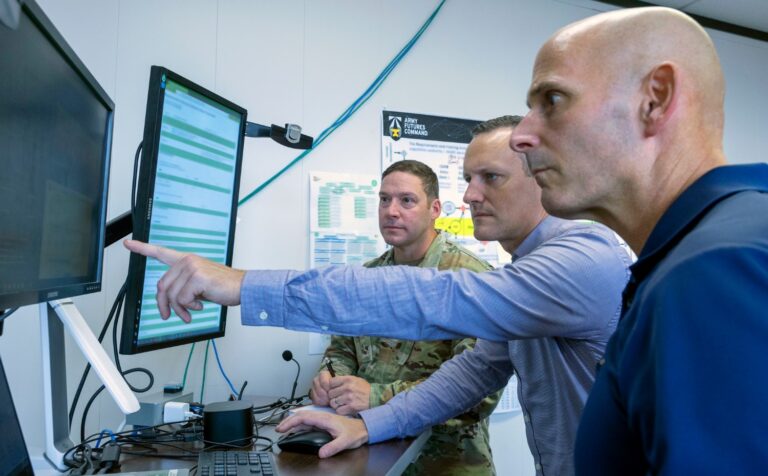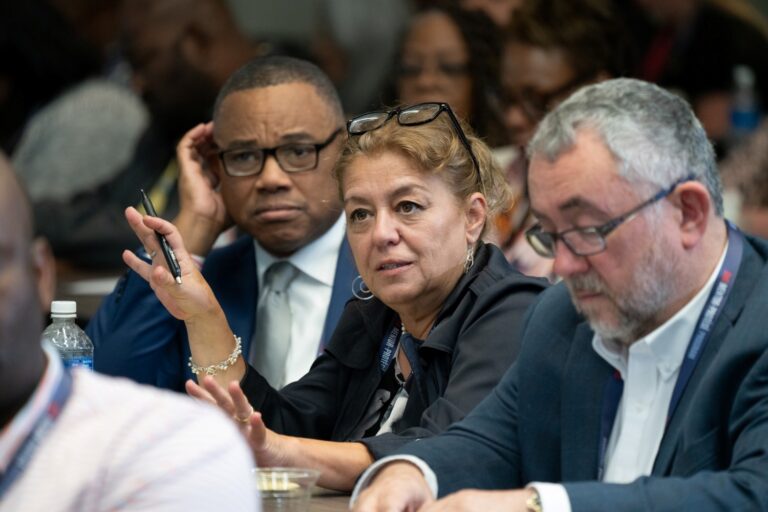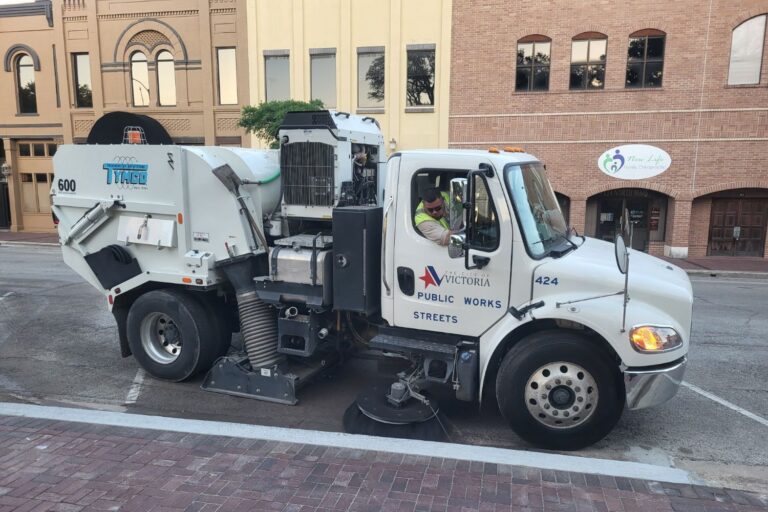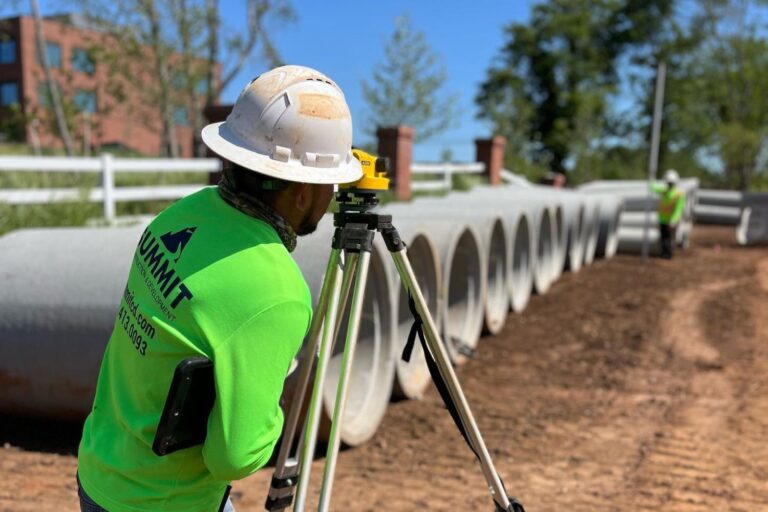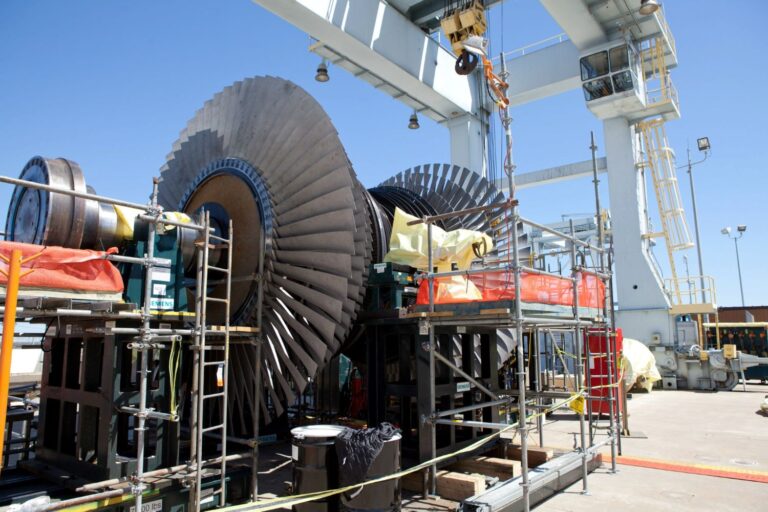Walsh’s Rise to Eminence Through 4 Generations of Family Leadership
Beyond any doubt, Chicago emerges as one of the most stunning cities of the world, globally celebrated for its captivating lakefront and magnificent architecture, both historical and contemporary. It is such a breath-taking marriage of lakefront and architecture that gives the world Chicago’s signature image, the spectacular Chicago skyline. The skyline, as well as the rest of Chicago’s Loop and Lakefront, are the work and vision of generations of iconic Chicago landmarks – Burnham Field, Hampton Inn North Loop, James R. Thompson Center, The Heritage, The Legacy, The Sterling, to name a few. And all those captivating high-rises also mark the name of Walsh – one of the largest and most respected general contracting, construction management and design-build firms in North America.
Since its inception, this family-owned construction firm has performed a key and indispensable role in literally building Chicago’s look and feel. Not only in Chicago, this 123-year-old giant has left its marks throughout North America, demonstrating its commitment to implementing the best construction practices and sustainable features through a proven track record of delivering high-quality design build projects across multiple sectors.
Let’s deep dive into Walsh’s growth trajectory to discover how this Chicago-based “elephant” has evolved through four generations of family ownership to become the multi-billion dollar contracting business as it’s today.
The 1st Generation of Family Ownership: Growing Big by Starting Small
Walsh’s rise to preeminence within the construction landscape started with the arrival of Matthew Myles Walsh, an Irish immigrant, in Chicago to join the America’s First World’s Fair – the Colombian Exposition of 1893 – that commemorated the 400th anniversary of Columbus’s arrival in the New World. Hearing the news that a plethora of elegant neo-classical buildings were put under construction under the direction of Daniel Burnham, he decided to come to this city in pursuit of a better future and successfully found work as a carpenter.
“My grandfather came over to be a carpenter at the Columbian Exposition in 1893. In fact, at that particular Exposition, all my grandparents met and the Walsh family kind of emerged from that world-famous event,” shared Daniel Walsh, Co-Chairman of the Board, Walsh Group.
The Exposition turned out to be a spectacular success: Within an America whose population standing at just around 63 million at the time, the Exposition did attract over 20 million visitors. By 1890, Chicago was truly a boomtown, witnessing a phenomenal increase in population to staggeringly over a million, quickly making it the nation’s second-largest city. Such a population shift understandably resulted in higher demand for accommodations.
Besides, with the development of new construction materials, including structural steel, reinforced concrete, as well as the invention of the elevator, building skyrockets was no longer beyond the bounds of possibility. Chicago architects, engineers and construction builders started erecting structures with deep foundations and steel skeletons that empowered them to reach extraordinary new heights.
Matthew Myles Walsh made up his mind to capitalize on those evolving growth trends and to tie his career to Chicago’s promising prospects with a growing family, including his sons Matthew and Jack to support. In 1898, five years after his entry into this city, Matthew established his own company, Walsh Construction, in his garage.
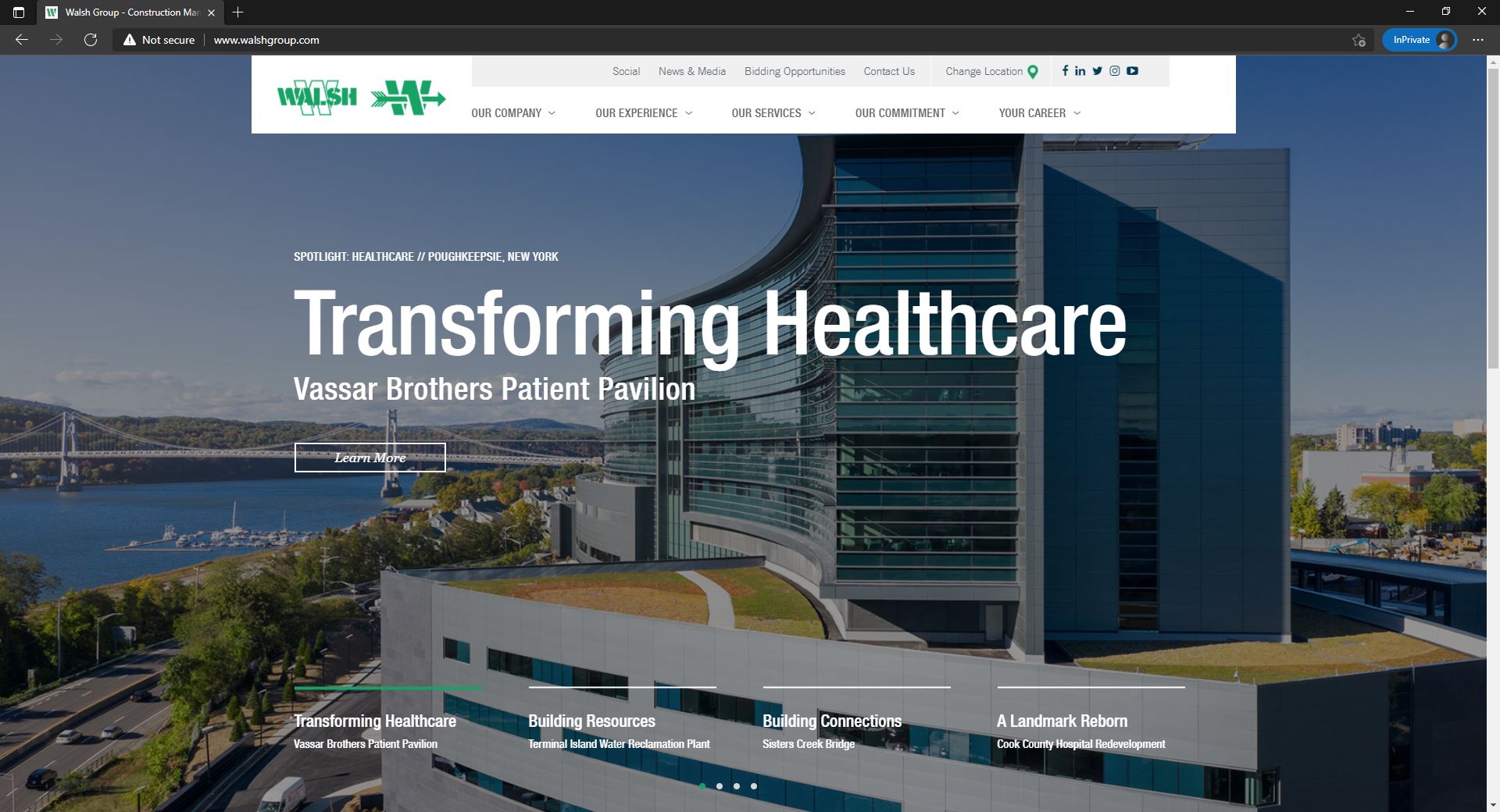
Over the next few decades, the company established itself as a small yet well-regarded Chicago building contractor, and its early project was the “Nativity of Our Lord Church”, which Walsh Construction would later restore in 1990.
Like Chicago itself, throughout the peak and trough times, this construction firm kept working and thriving. Of course, there were periods of robust building activities and there were trying times as well, most notably the Great Depression. But through it all, Walsh Construction did survive the ups and downs.
The 2nd Generation of Family Ownership: Solid Foundation for Future Success
In the 1930s, his sons Jack and Matthew Walsh II succeeded Matthew Myles Walsh, running the company until 1949 when the company’s name was changed to Walsh Brothers Inc.
“Our father was a contractor, together with his twin brother here in the city, and their principal business was institutional commercial buildings and governmental buildings,” stated Mathew Walsh, Co-Chairman of the Board, Walsh Group.
In 1955, the company established its headquarters at the corner of Archer and Western on the city’s South side. Whilst Walsh Brothers Inc. got busier than ever, it was still a tight little company of fewer than ten employees.
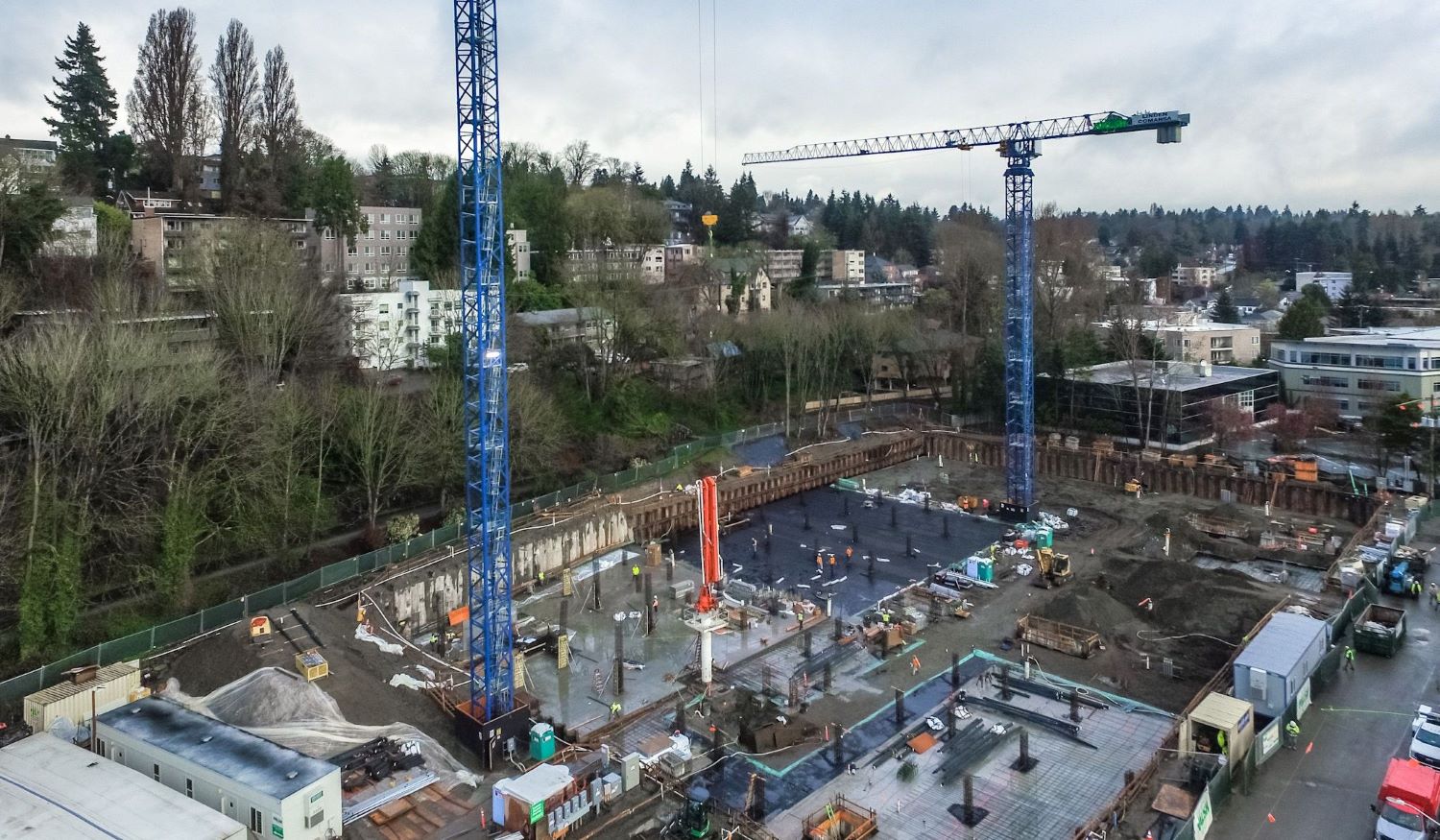
“From my earliest memory, I think in the summer of sixth grade, I started working, riding down to the office with him [[his father] and then working in the shop that, at that point, was attached to the building over Western Avenue in Chicago. Then, I would watch what they were doing, learned some pretty rudimentary things about the business while beginning to appreciate the tactile nature of the business, the relationship side of the business – and the fact that, as we would then ride around with my parents, we would see buildings that they had built that were left behind after the work was done.”
The 3rd Generation of Family Ownership: Golden Era of Growth
By 1970, the earnings of Walsh Brothers Inc. had grown to approximately 1 million dollars a year. Matthew II’s two sons, Matthew III and Daniel, then took over the reins of the firm from their father and ushered in a new era for Walsh Construction.
In 1978, the construction firm changed its name to Walsh Construction Company of Illinois and one year later, around the mid-1979, landed its first heavy civil job -the deep tunnel drop shaft.
By the late 1980s, the company had been obviously and consistently outgrowing its long-time headquarters on Archer and Western, though the memory of its location would live on in the naming of Archer Western contractors.
“We had historically been a strong union construction company to this date. But in those markets where open shop construction is the pattern, you simply couldn’t compete as a union contractor against the non-union companies,” said Daniel Walsh, Co-Chairman of the Board, Walsh Group. Thus, “we quickly had to develop. As a non-union construction company, we formed a separate company, incorporated it independently and needed a name, the intersection of our old office where we had been for 50 years, which happens to be the intersection of Archer and Western.”
This was exactly the rationale behind the establishment of Archer Western, another construction arm of the Walsh Group with its central corporate office in Atlanta, Georgia. Whereas the Chicago-based Walsh Construction operated out of regional offices across the United States – working with union labor and union subcontractors in the building, civil and transportation sectors, Archer Western emerged as an open-shop contractor that primarily operated in the southern and western regions, taking charge of various projects in the building, civil, transportation and water sectors.
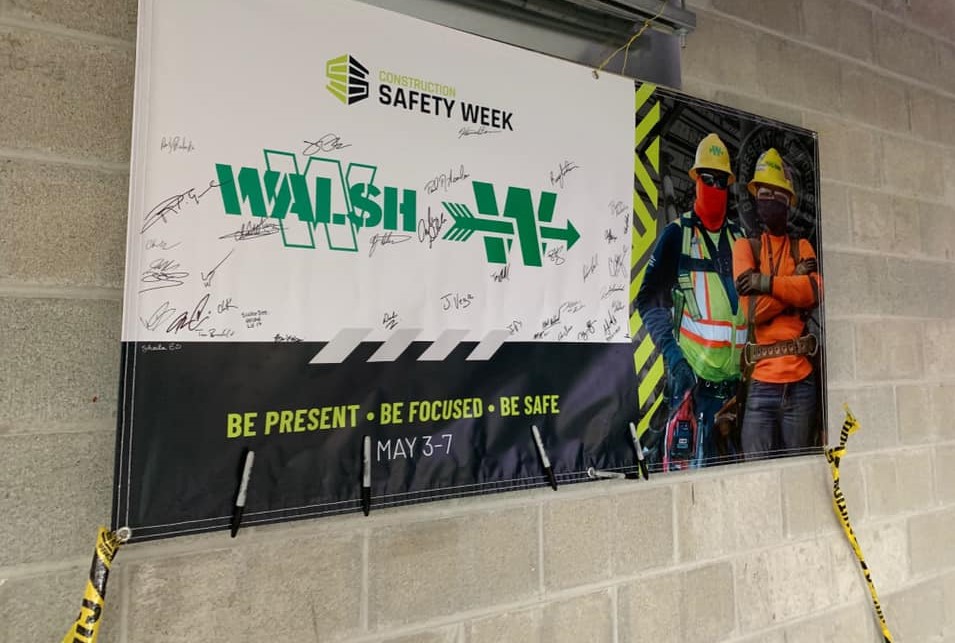
In 1992, Walsh’s new 40000 square-foot headquarters on Adams Street was built, symbolizing the accomplishments and prosperity of the firm as well as its heritage within Chicago. Its expansion in 1997, once again, reaffirmed its ongoing commitment to this beautiful city.
Under the leadership of Matthew III and Daniel Walsh, 3rd generation scions of Chicago’s largest general contractor, the company revenue first eclipsed the $1 billion mark in 1999. As of 2012, that number did balloon to $4.05 billion, up 10% from $3.67 billion in 2011, according to the Engineering News-Record’s list of the top 400 contractors in the United States. The entire business was owned by Matt and Dan Walsh, according to Orbis published by Bureau van Dijk, making the brothers billionaires.
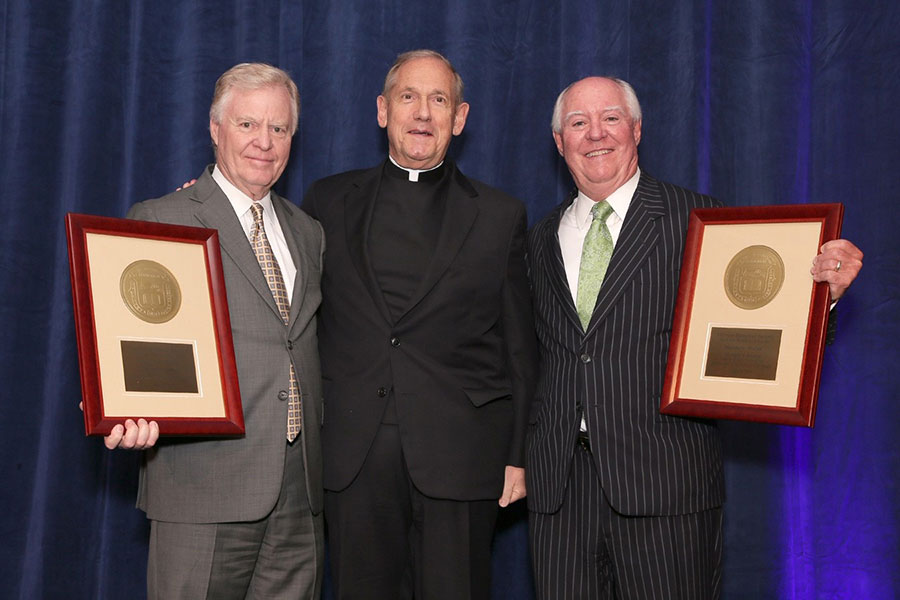
The 4th Generation of Family Ownership: New Development Phase with Future-Fit Growth Orientation
At present, the 4th generation of Walsh Family take on key leadership positions, with Sean Walsh as the President of Walsh Construction and Daniel P. Walsh as the President of Archer Western.
Led by the new leader, Walsh Construction continued to play a key role in the ever-changing face of the city as the leading general contracting construction, management and design build services company in Chicago.
“The unique, and often constrained land space of Chicago presents many challenges,” stated Sean Walsh, Walsh Construction President. “However, we embrace and thrive on planning and constructing multifaceted sites with close proximity to Chicago’s waterways and transit lines. Our knowledge of the city’s earth retention systems, foundation support systems, geotechnical conditions, as well as material handling and permitting have offered valuable guidance in delivering complex projects, including the Riverwalk, Fullerton Shoreline expansion and the CTA’s Wilson Avenue L station.”
Beyond any doubt, Walsh-empowered construction projects, including magnificent high-rises, historical museums, conference centers, academic establishments, have made up the fabric of Chicago citizens’ lives; everyone in Walsh Construction and the building group takes great pride in their role in shaping the Chicago skyline. “We are committed to Chicago, committed to its future and committed to its continued success.”
Speaking of the future prospects of their construction empire, Daniel Walsh, Co-Chairman of the Board, Walsh Group, commented, “What’s in store for us next year, in the year after? We’re not quite sure yet. And I have had an interesting run in our generation here at Walsh Construction. Each year that we’ve been here has been our biggest year from a volume and a profitability standpoint.”
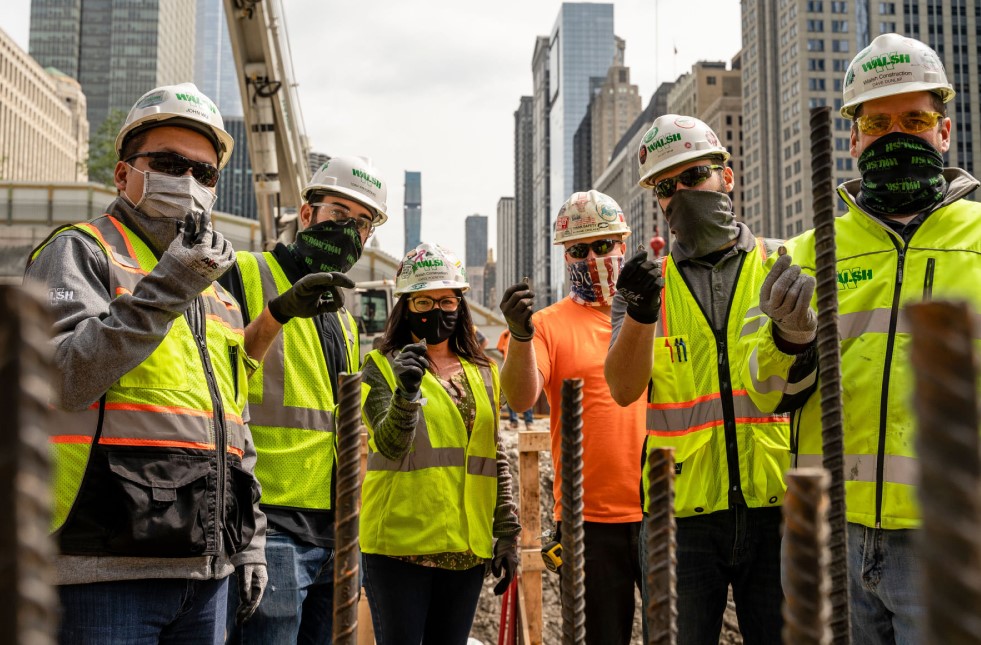
From his perspective, people themselves are the most critical factor for success. Walsh’s outstanding growth momentums are primarily attributable to the fact that “we recruited the best and the brightest. We train them. We mentored them. What do we attribute the growth to on an annual basis as well? Very hard working, very aggressive people that are challenged every day by wanting to be the best and brightest in their industry. And we don’t think that there’s any limit to them.”
Sean Walsh stated at the roundtable discussion by Crain’s Chicago Business, highlighting the business’ operational excellence and people-oriented values as what set it apart from other competitors within the construction spaces, “Walsh is unique in that we’re a leading construction services provider in both the civil and social infrastructure sectors. We offer clients the highest level of internal expertise, safety and a fully integrated suite of services delivered with a century-old family approach to business.” he added, “We make a commitment to be the Builder of Choice and the Employer of Choice, while setting the highest standards in ethics, quality, safety and citizenship. These values are the foundation of our company. They guide us in our mission to be the most valued construction services provider in North America.”
In terms of the future growth plan, like other major players within the sphere, Walsh has strived for effective digitalization, harnessing the power of technology to ensure workers’ safety while optimizing operations and eventually riding the crest of a wave.
“Many of the immediate trends focus on cutting-edge technologies to keep workers safe and give them instant access to project information on-site. We’re starting to see smart hard hats that combine project data overlaid on safety glasses. The increase in mobile apps has been staggering, and we’re able to access an incredible amount of project data on a tablet or mobile device as we walk the jobsite.”
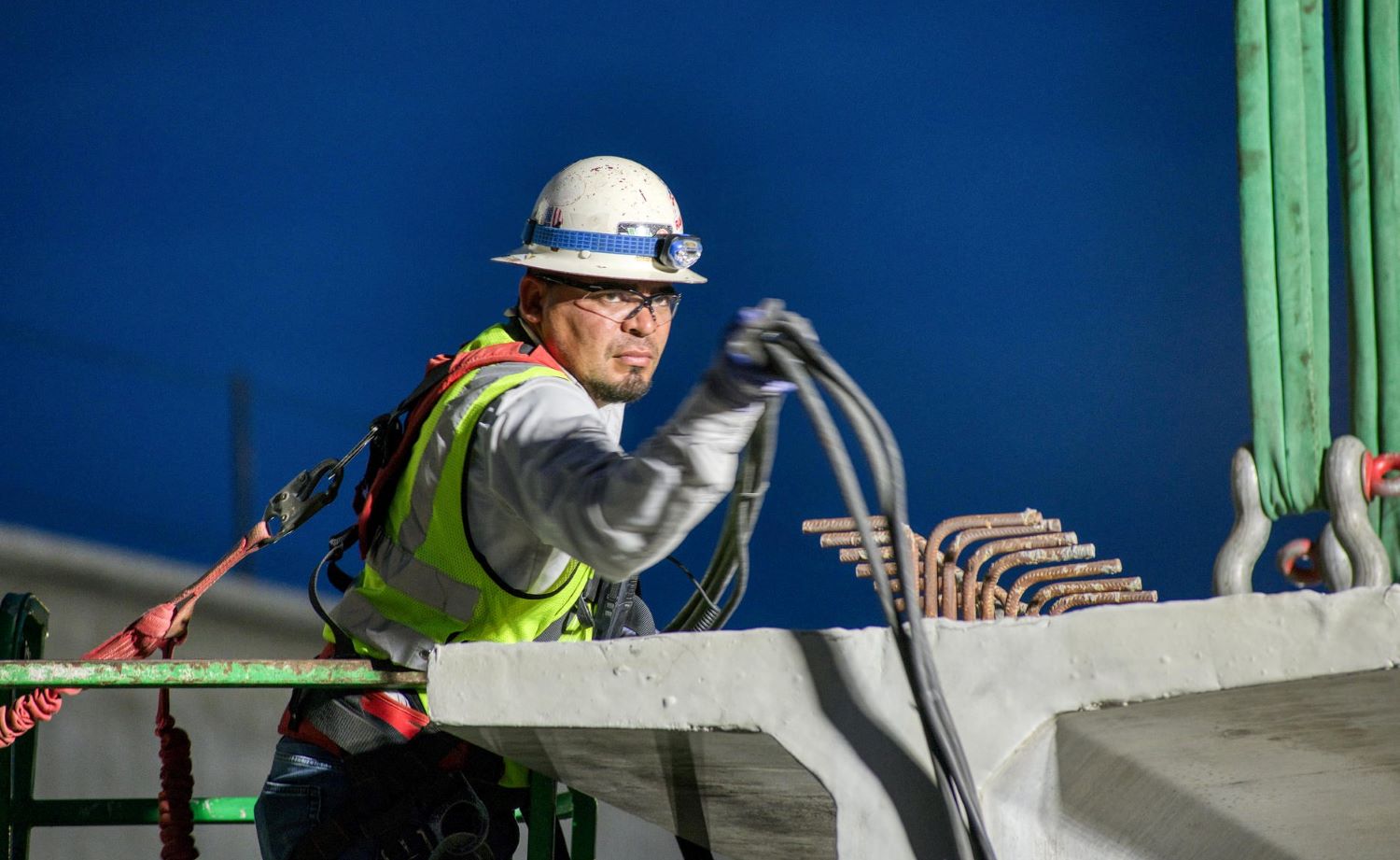
Furthermore, this behemoth’s made great use of 3D modeling and AR/VR to enhance cost efficiency. “We’re seeing growing demand for connecting 3D computer modeling information to project costs and schedules to help customers better visualize what’s happening. An offshoot of this, Augmented Reality, holds real promise for our projects. It involves a 3D model of a proposed design being placed on an existing space using mobile devices and 3D models.”
Sustainability is another key pillar embedded within Walsh Group’s growth orientation. “We’re highly experienced in using green design and construction practices to help our customers create environmentally conscious facilities. Our solutions support sustainability through socially responsible, economically viable best practices,” Sean Walsh affirmed.
This century-old contractor’s sustainability-driven development has been well demonstrated by its active involvement in the Sustainable Chicago initiative from the very beginning. Walsh’s projects listed on the program’s website, including Maggie Daley Park, the Chicago Riverwalk, the 606 and the new Eleanor Canal Boathouse, do represent the construction group’s commitment to environmental responsibility and stewardship.
Notably, sustainability is also evident at its LEED Platinum corporate headquarters expansion in the West Loop, where “we repurposed an existing warehouse into a four-story, 93,000-square-foot office building where many of the finishes utilize sustainable, recycled, non-toxic and low-emitting materials, as well as partially localized environmental control.”
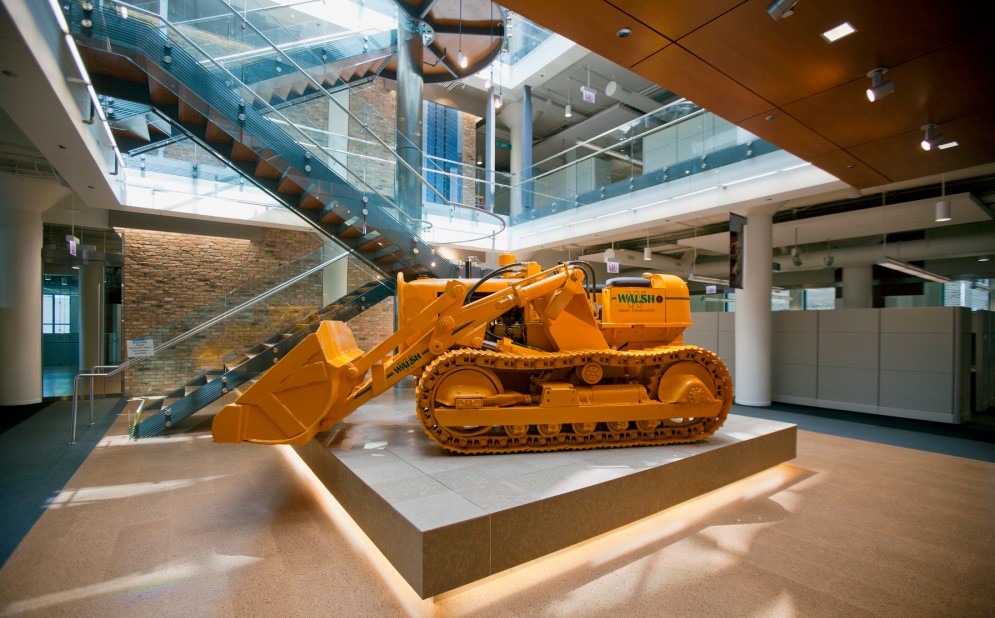
As the 2012 Building Design + Construction Reconstruction Award Bronze Winner, this new Walsh Group Headquarter is the first in Chicago to leverage SolarDuct solar thermal technology to preheat outdoor air. Thanks to that, the occupants can enjoy thermal controllability via ceiling fans for open office areas and operable windows for private offices. Additionally, rainwater is collected from the roof, and is then filtered and reused to irrigate the vegetated roof, as well as flush high-efficiency plumbing fixtures, enabling a reduction of total water use by 40% and potable water use by up to 70%.
The Bottom Line
“So many years ago, a carpenter came to Chicago in hopes of a future. We remember that man as we continue his dream and make it our own.” Under four generations of family leadership, Walsh has undoubtedly fostered a prosperous future for itself while shaping the nation’s landscape and making up the fabric of American lives, especially those within the captivating city of Chicago.

